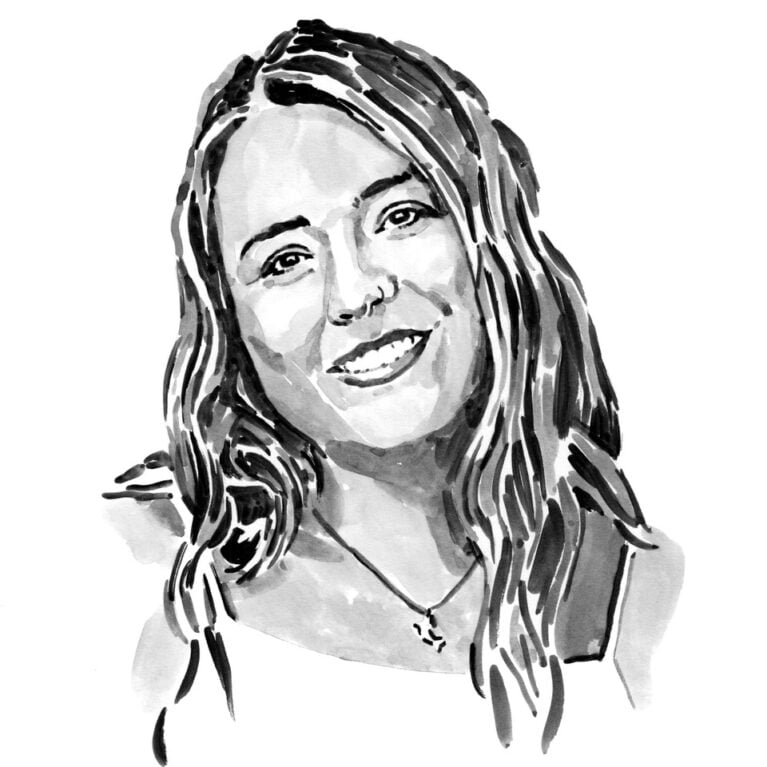Rachel Newsome

Who I am
Growing up on the coast of Western Australia in Perth, I always had a love for and fascination with the natural environment, particularly the ocean. My parents were both environmentalists and because of this I was fortunate to grow up exploring remote places around the world. Some of my fondest memories revolve around these experiences. At the age of 12 I begged my parents to let me learn how to scuba dive, and it was being immersed in the marine environment that helped me solidify the sense of wonder and curiosity that has driven me to learn more about this precious environment and how to conserve it.
These experiences led me to undertake my BSc in marine biology, further consolidating my passion for this incredible environment. Immediately after graduating with my BSc, I started my Honours thesis. Being part of a research laboratory and driving my own research project was the missing link I have always yearned for, and I am so excited to continue to be part of an incredible team of scientists researching the marine environment through my PhD with the Save Our Seas Foundation.
Where I work
I have been fortunate to work at Murdoch University in various laboratory and field units. I have also worked as an assistant in marine and freshwater research, restoring sea-grass meadows and conducting population surveys on endangered snake-necked turtles and freshwater mussels. I am extremely excited to be starting my PhD at Murdoch University as part of the Harry Butler Institute and Centre for Sustainable Aquatic Ecosystems in Adrian Gleiss’s PEAC laboratory. I look forward to working with this incredible group of scientists, focusing on using tagging technology to incorporate physiology, habitat use, movement and behaviour of marine megafauna species. I am lucky that the Save Our Seas Foundation has generously funded my project, allowing me to use cutting-edge tagging technology and tagging approaches to study the habitat use and energetics of the reef manta ray at D’Arros Island and St Joseph Atoll in the Seychelles’ Amirantes Island Group. This will be the first time reef manta rays have been tagged with this technology to obtain fine-scale data on their movement and behavioural patterns in the Seychelles and Ningaloo Reef, Western Australia.
What I do
This project aims to investigate the movement, habitat use and energetics of reef manta rays at D’Arros Island and in St Joseph Atoll. We will employ combined cutting-edge, animal-attached tagging technology, comprising movement and environmental sensors, for the first time to determine the behaviour, habitat use and energetics of reef manta rays and the mechanisms that drive their movements. This project will provide insight into the spatial, temporal, environmental and anthropogenic mechanisms driving habitat selection and movement, as well as into the behavioural patterns of reef manta rays. Further, we aim to deploy tag packages on animals using the Ningaloo World Heritage Area, a fringing reef system in Western Australia. This not only offers an exciting experimental design by comparing manta ray behavioural ecology in contrasting seascapes, but will also allow us to determine anthropogenic impact on reef manta rays by comparing the relatively undisturbed Seychelles location with the putative high tourism impact at Ningaloo.
